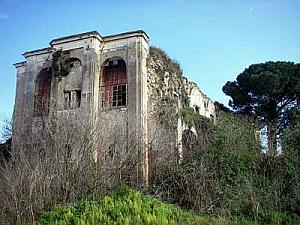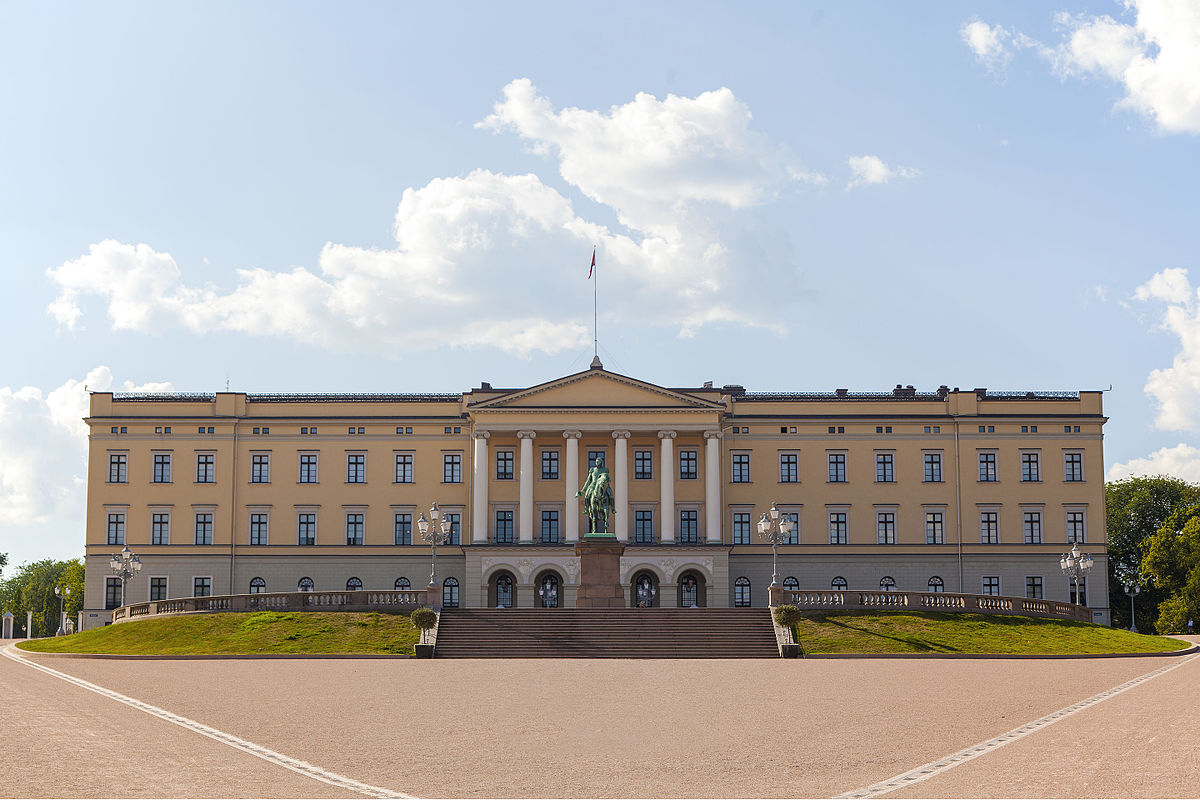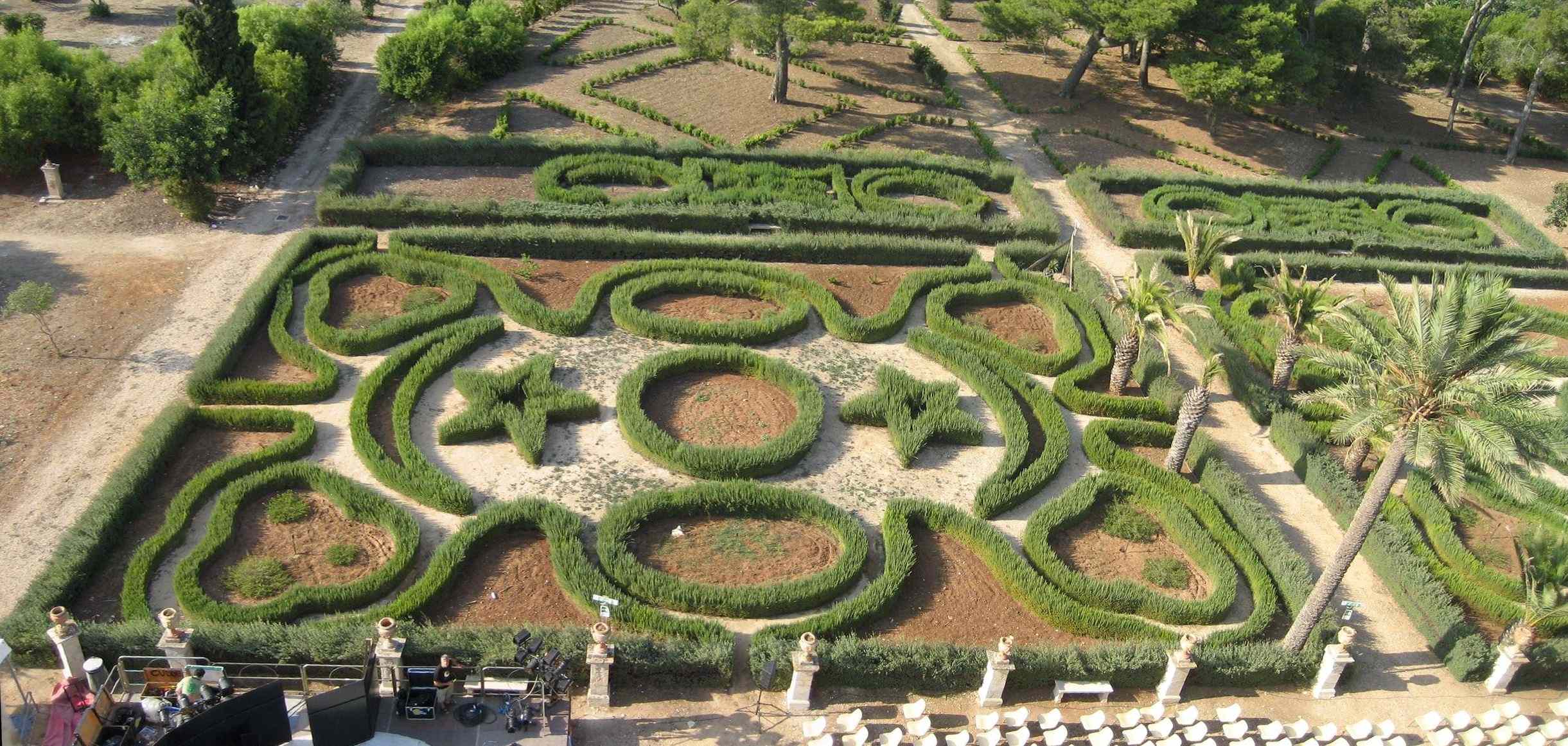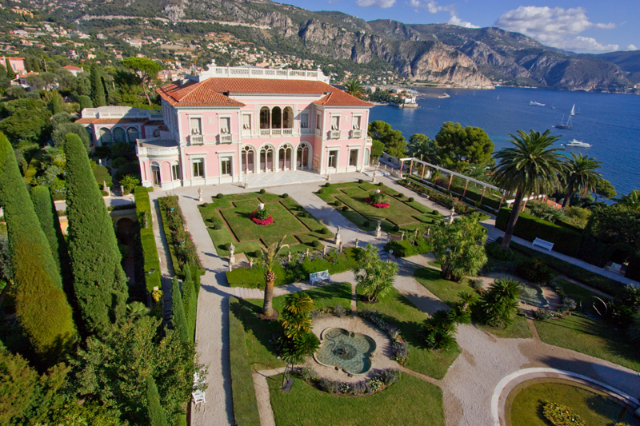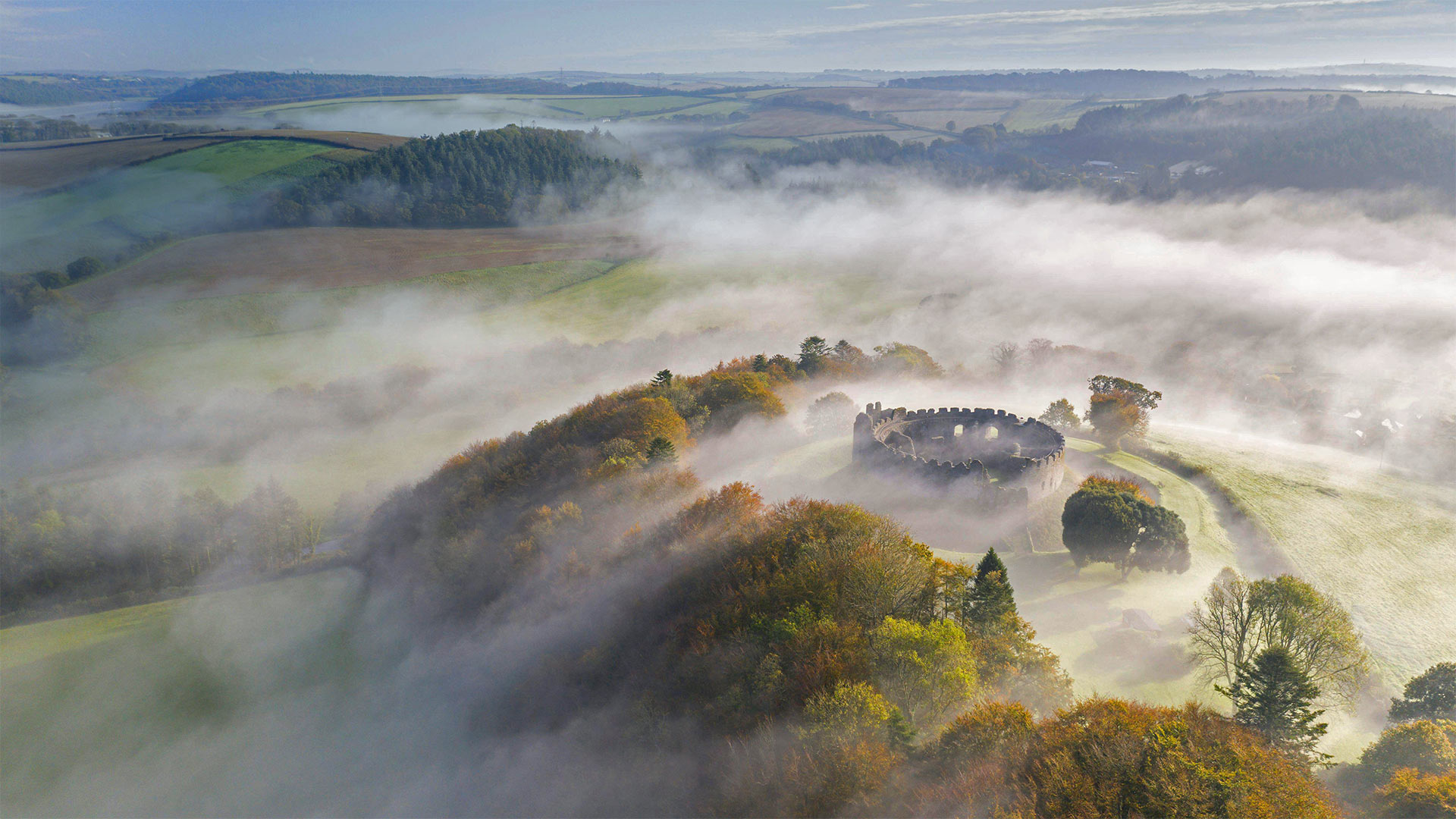The Vinciprova Palace was built in Pioppi in connection with the affair of the Ripolos, a family of merchants originally from Catalonia who settled in Pollica during the time of Aragonese rule over Naples.
Growing in wealth, the Ripolos clashed in their interests of dominance over Pollica with another Spanish family, the della Cortiglia, while the wealthier native families of Volpe, Farina and Cantarella were forced into the shadows.
Of such rivalries and vendettas that plagued the town for years is also handed down through a well-known popular legend. In 1888 the castle belonged to Mayor Giuseppe Sodano, who would later cede it to the Vinciprova family of Omignano.
"The castle" as it is, still today, called by the people the Vinciprova palace, presents itself as a strong and harmonious architectural structure, composed of three bodies: two side towers terminating in terraces with arabesque battlements, while a central body unites them; the sea front is adorned with a wide portico supporting a splendid terrace above, facing almost above the waters.
It is elegantly composed in Baroque lines and Moorish-influenced decorations with a deliberate visual effect of a castle, especially for the observer sailing in from the overlooking sea.
Today it is owned by the City of Pollica, which houses unique institutions related to the sea and food: The Living Museum of the Sea, on the ground level, and The Ancel Keys Living Museum of the Mediterranean Diet, on the upper level.
The graceful Sea Museum makes for a fascinating visit to the tanks that reproduce the fascinating life of the sea, habitats, fish, and different plants. The long presence of Ancel Keys, who elaborated his studies here to the point of formulating a dietary regime known to all as the "Mediterranean diet," has resulted in an institution dedicated to him that presents the public with an exhaustive overview of paper and visual documents on the subject of the Mediterranean and Cilento diet and its constituent products.


